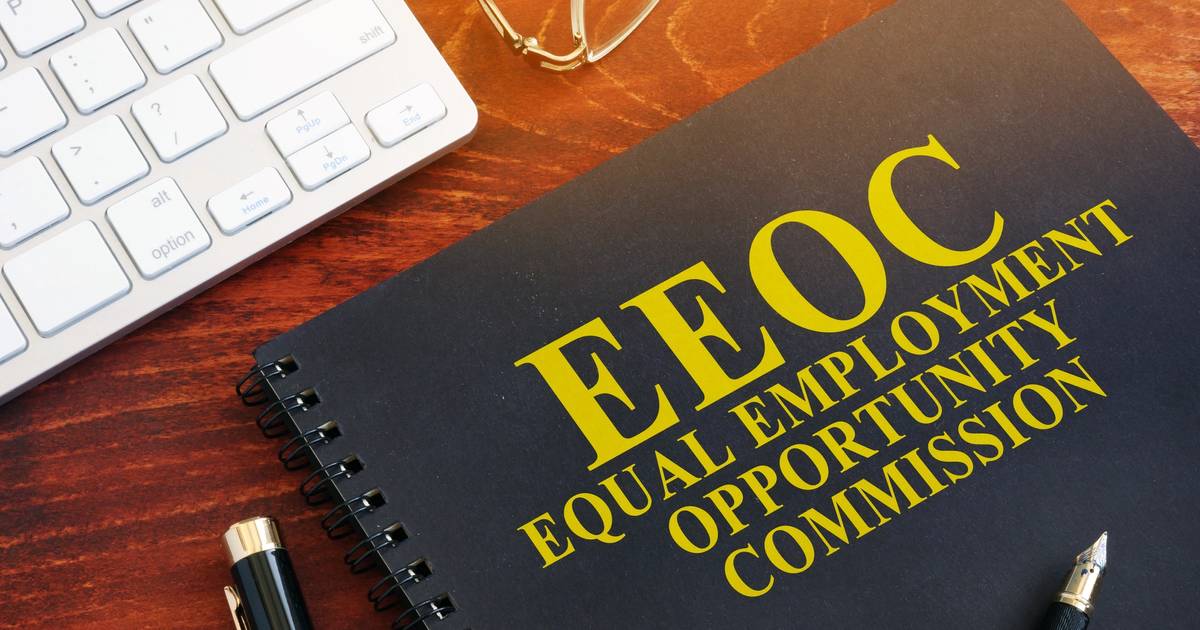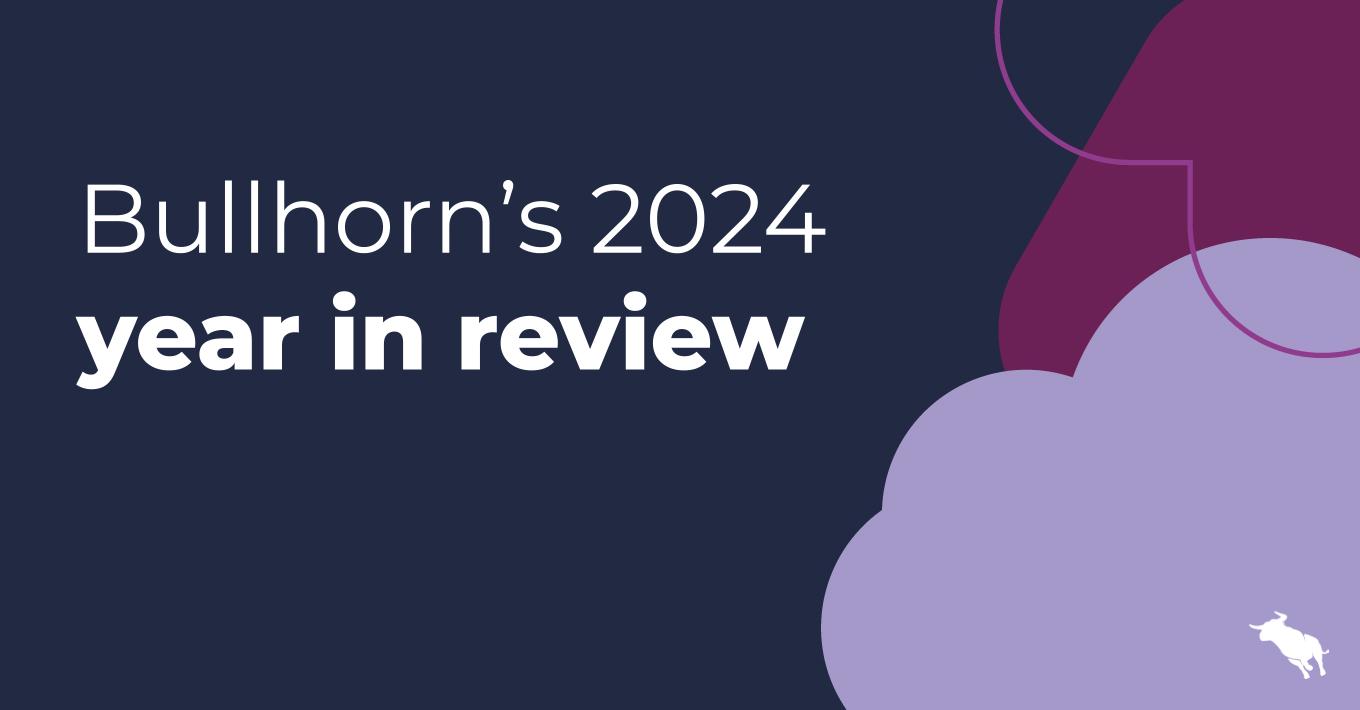Quick-to-read HR news & insights
From recruiting and retention to company culture and the latest in HR tech, HR Brew delivers up-to-date industry news and tips to help HR pros stay nimble in today’s fast-changing business environment.
The US government recently updated how it tracks racial identity to improve the accuracy of the process.
What’s different? The Office of Management and Budget (OMB) issued new guidance last month for collecting and analyzing race and ethnicity data in hopes of assessing the US population more accurately.
First, there’s a new category, called MENA (short for Middle Eastern and North African). Until now, the racial choices have been white, Black, Asian, Native Hawaiian/Pacific Islander, and American Indian/Alaska Native.
Additionally, the box for Hispanic or Latino people is now listed among the other racial identities, instead of on its own. People may also select multiple races (like Hispanic and MENA).
What’s this mean for employers? The Equal Employment Opportunity Commission collects racial data on EEO-1 self-identification forms, which companies with more than 100 employees (or federal contractors with 50 or more workers) use to track and submit race and gender data to the government.
Some employees who fall in the MENA category may have previously categorized themselves as white, which historically might have misrepresented the identities of some workers, according to Bloomberg Law.
“The current racial and ethnic classification system does mask the presence and contributions of MENA professionals in leadership and particularly in governance roles,” Shermin Kruse, professor of tactical empathy, leadership, and global transactions at Northwestern University, told Bloomberg in March.










